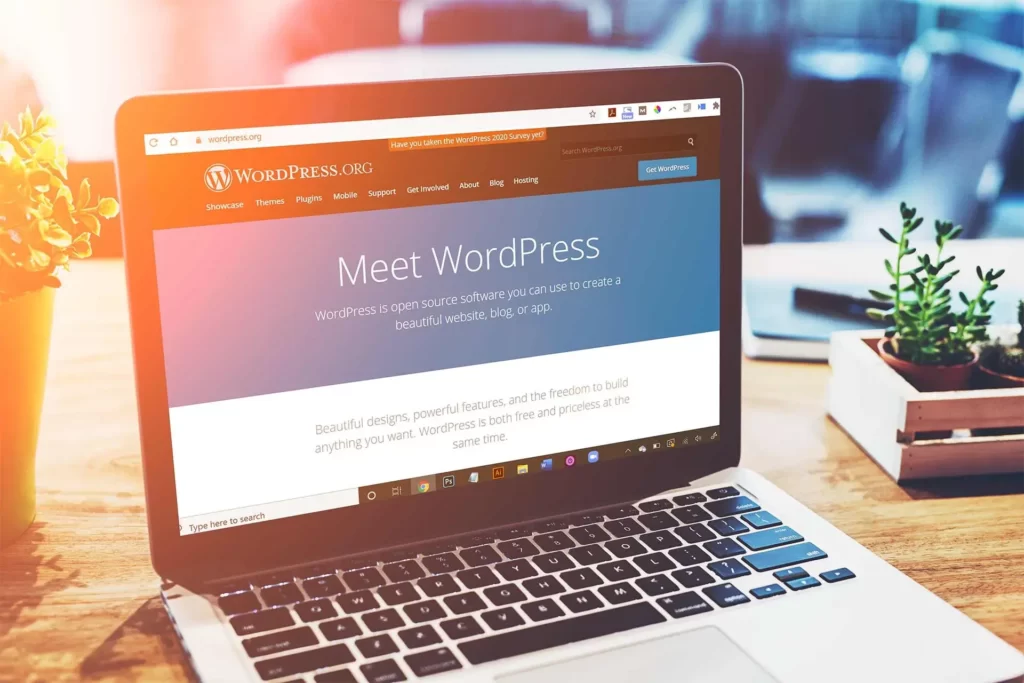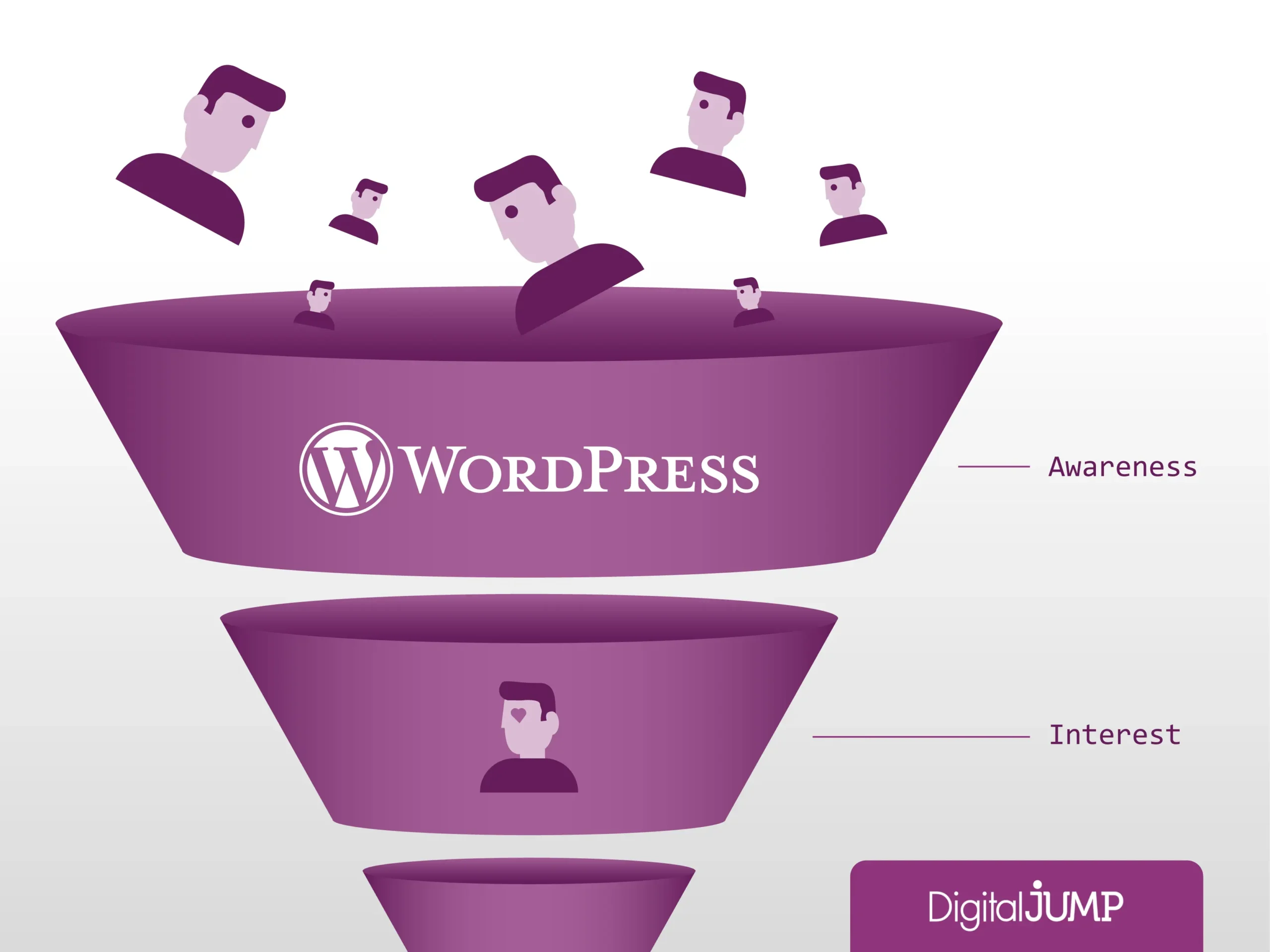Inbound is a digital marketing strategy that consists of attracting potential customers with valuable, relevant and personalized content. In this post we will see what it is about and give you some tips to optimize your blog and turn it into an effective sales tool.
Why do inbound with your brand?
Today’s consumers are more demanding, informed and selective than ever. It is no longer enough to interrupt them with advertisements or commercial messages, but you must offer them solutions to their problems, answers to their questions and experiences that add value.
The objective of inbound marketing is to accompany the potential customer throughout their purchasing process, from the moment they discover that they have a need until they become a loyal customer and promoter of the brand. To do this, different techniques and channels are used, such as SEO, email marketing, social networks or content marketing.
The latter is one of the most important pillars, since it allows the creation and distribution of quality, useful and relevant content for the target audience. It can have different formats, such as articles, videos, podcasts, ebooks, infographics or webinars.

The context of use.
A WordPress blog is an ideal platform to implement a content marketing strategy, as it allows you to publish and manage content easily and quickly. In addition, WordPress has numerous advantages, such as:
- It is a free and open source system, which means you can customize it and adapt it to your needs.
- It has a large community of developers and users who offer support, resources and constant updates.
- It has thousands of plugins and themes that allow you to add functionality and improve the design of your blog.
- It is compatible with the main web standards and is optimized for SEO, which favors the positioning of your blog in search engines.

Turn your blog into a powerful sales tool.
To make the most of the possibilities of your blog as an inbound marketing tool, we recommend following these steps:
- Define your buyer: this is the ideal profile of your potential client, to whom you should direct your content. To create it, you must research their demographic characteristics, their needs, their interests, their consumer habits and their online behavior.
- Create a content plan: this is the document where you establish the objectives, topics, formats, channels and publication calendar of your content. To prepare it, you must take into account the stages of the conversion funnel (Awareness, Interest, Desire and Action, which represent the initials in English of the four stages of the purchasing process: Awareness, Interest, Desire and Action) and the keywords that They use your buyer personas to search for information.
- Generate quality content: it is about creating something original, relevant and useful for your audience, that answers their questions, provides value and incites them to action. To do this, you must take care of the style, structure, spelling and grammar of your text. You should also include visual elements, such as images or videos, that make your content more attractive and easier to consume.
- Optimize your content for SEO: it involves applying a series of techniques that improve the organic positioning of your content in search engines. Some of these techniques are: using the right keywords in the title, URL, headings and body text; add meta tags and alt tags to images; use internal and external links; or improve loading speed and adaptability to mobile devices.
- Spread your content on social networks: it involves using the platforms where your target audience is to share said content, such as Facebook, Twitter or Instagram. To do this, you must adapt the message and format to each social network, use relevant hashtags and interact with your followers. You can also use tools like Metricool or Hootsuite to schedule your posts and measure their performance.
- Analyze the results of your strategy: it is about measuring the impact and effectiveness of your content through indicators such as web traffic, blog visits, dwell time, bounce rate, conversions or engagement. To do this, you can use tools such as Google Analytics or WordPress Stats, which offer you detailed data and reports on user behavior. Even Metricool and Hootsuite also have some options for this.
As you can see, inbound marketing with a WordPress blog is an efficient and profitable way to attract, convert and retain your potential clients and at Digital JUMP we can do this job for you. We plan and schedule content for both your blog and your social networks and we work comprehensively on all the digital channels where your target audience is.
If you are interested in the service, you just have to write us a private message.
See you next!


